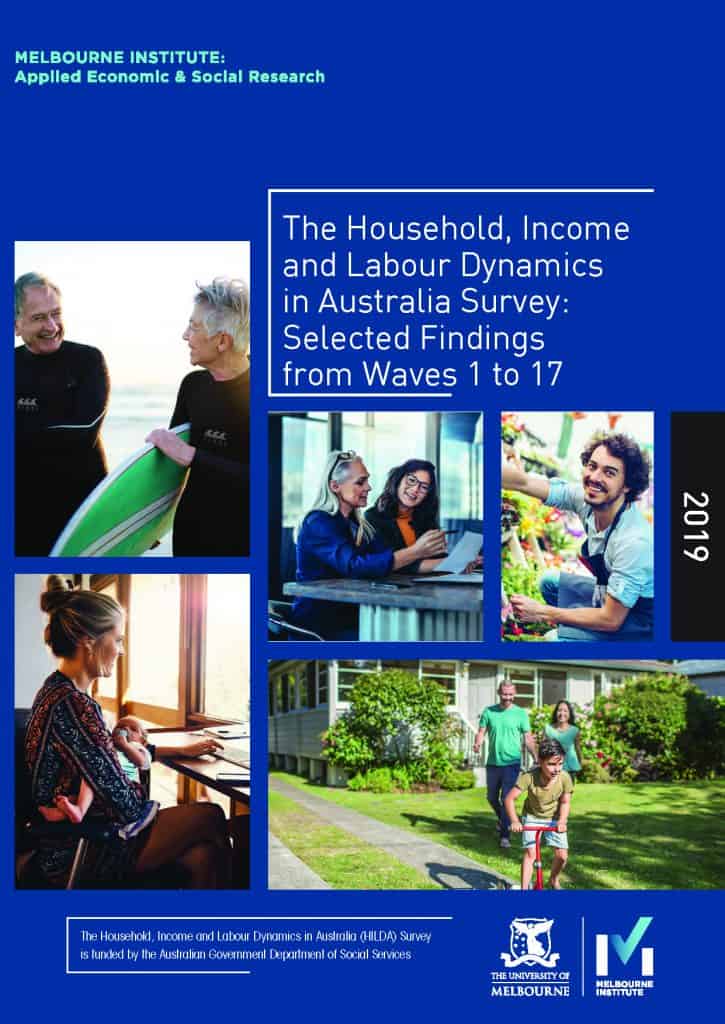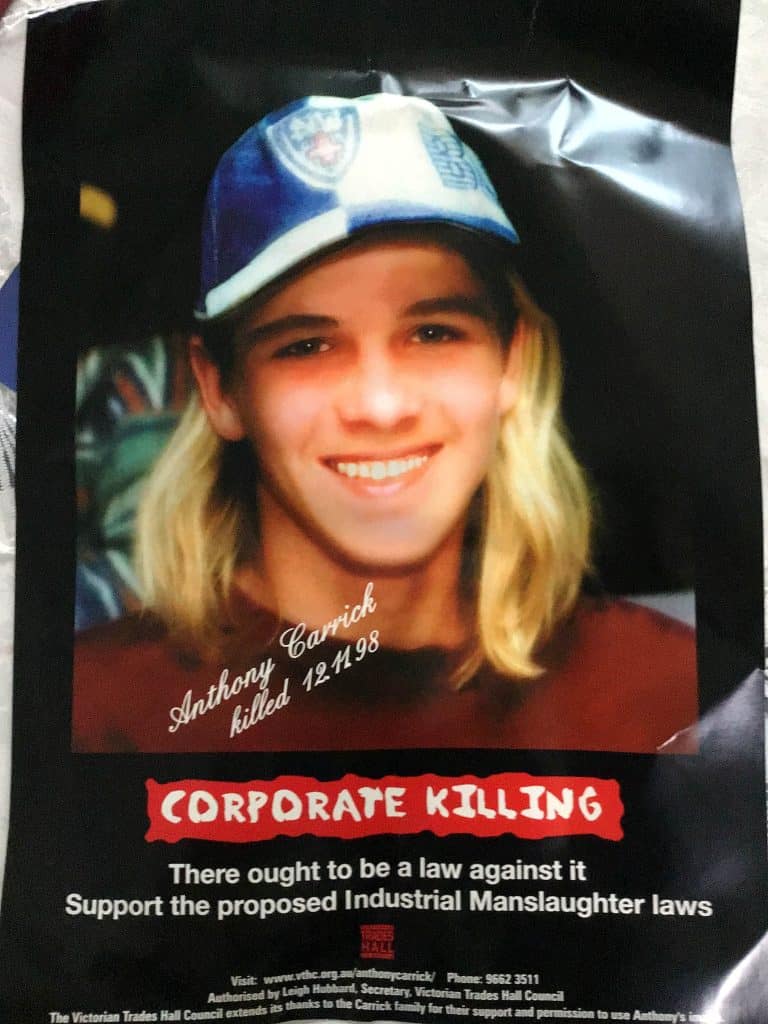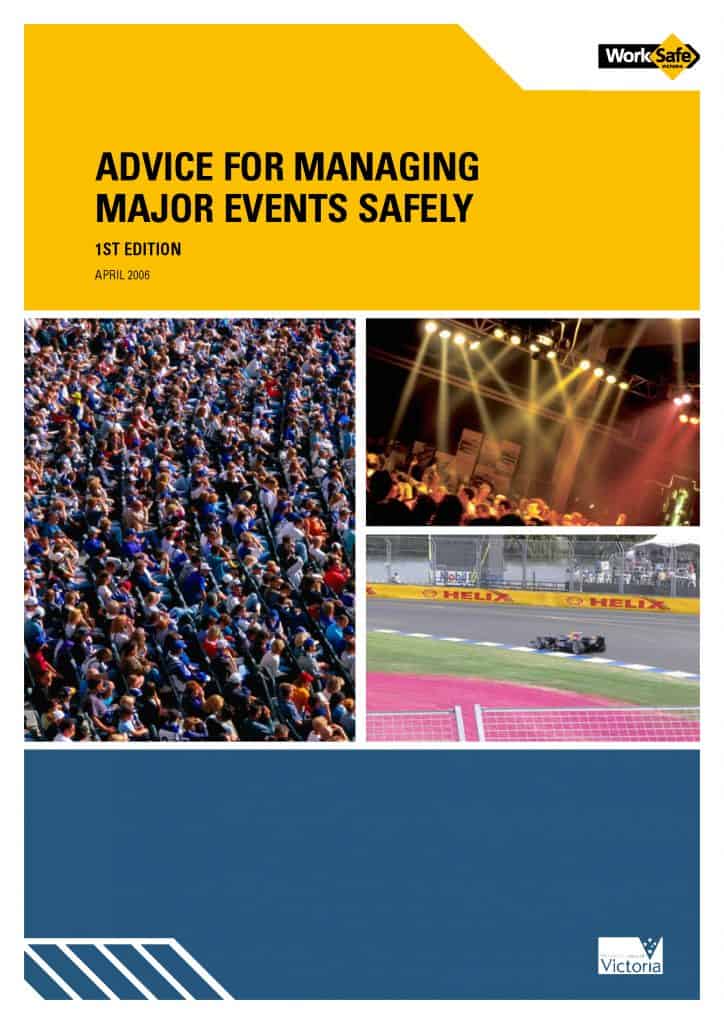
The mainstream media reported on the release of new demographic statistics from the latest HILDA survey (Household, Income and Labour Dynamics in Australia). Most of the attention is on the increasing commuting times to and from work in the urban centres. Traffic is not usually an occupational health and safety (OHS) issue but traffic congestion reduces the effectiveness of our social recuperation and recovery structures and work/life balance initiatives.






